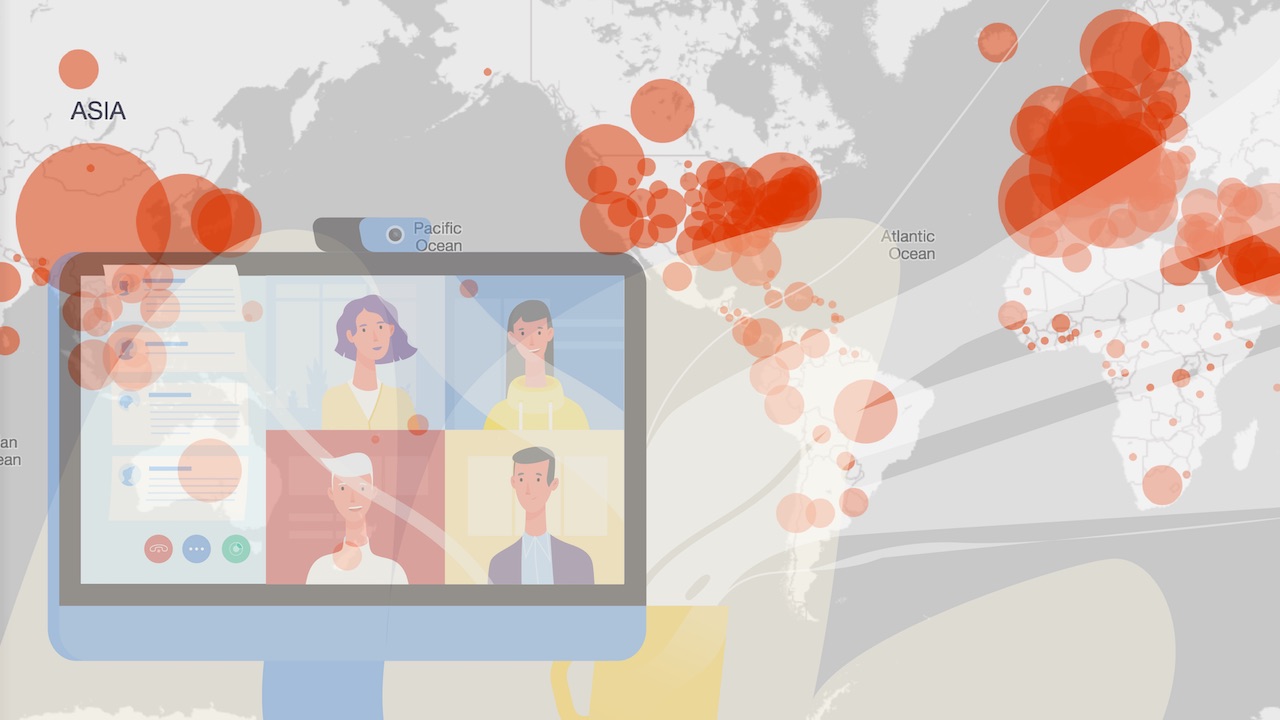The following is an excerpt from The Technology Manager's Guide to Distance Learning and Streaming. Download the free eBook here.
According to educationdata.org, there were approximately 18.2 million students in the U.S. enrolled in colleges and universities for the fall 2019 semester, with more than 1 million of them being international.
Now think about all 18 million students learning remotely. It might be about to happen, if not already mandated by the time this article goes to print. As I spoke with many directors of learning technology, educational technology, or AV/IT, their stories were fluid by the hour.
My first interview with Boston University was conducted during the brief period when some instructors were able to present their courses from their classrooms, but to an audience of remote students.
Reading the Signs
Key teams at BU who support 35,000 students and 4,000 faculty started planning for the possibility that the COVID-19 pandemic could completely upend how classes would be taught soon after the first case was announced in the U.S., more than 3,000 miles away in Seattle. “We started planning when we were watching it rolling through other global areas,” said Linda Jerrett, director of Learning and Event Technology Services at BU. “Before we really knew what we were dealing with, we spent weeks in a room thinking about what this could look like and what we were handling.”
Jerrett is part of BU’s Client Services and Support team, which is responsible for business relationship management with the academic and administrative groups that are supported by Information Services and Technology (IS&T). The team also provides support for classrooms, live events, operations, and several service desks. “We take everything from the client service perspective, so it was time to take a hard look at our continuity planning,” she said.
Part of the detailed and robust continuity plan is about understanding what support staff can handle under various circumstances. “We know what our thresholds are for switching from one phase to another,” Jerrett said. “If 75 percent of our staff is well, we can function ‘this way,’ but if we drop to 50 percent of our staff, then on campus we adjust to another level of service.” And then, there’s a plan if the campus closes to faculty and staff as well as students, and remote support is needed.
Ernie Perez, director of Educational Technology, Digital Learning and Innovation, and his team at BU work on the instructional design and production of programs to get them online. When it came to planning for dealing with the unknown from the pandemic, “Early on, we had a conversation about how we were going to triage this campus-wide—right across our 17 schools and colleges,” Perez said, “and we came up with the idea of a triage system.”
To continue reading, download the Technology Manager's Guide to Distance Learning and Streaming.

